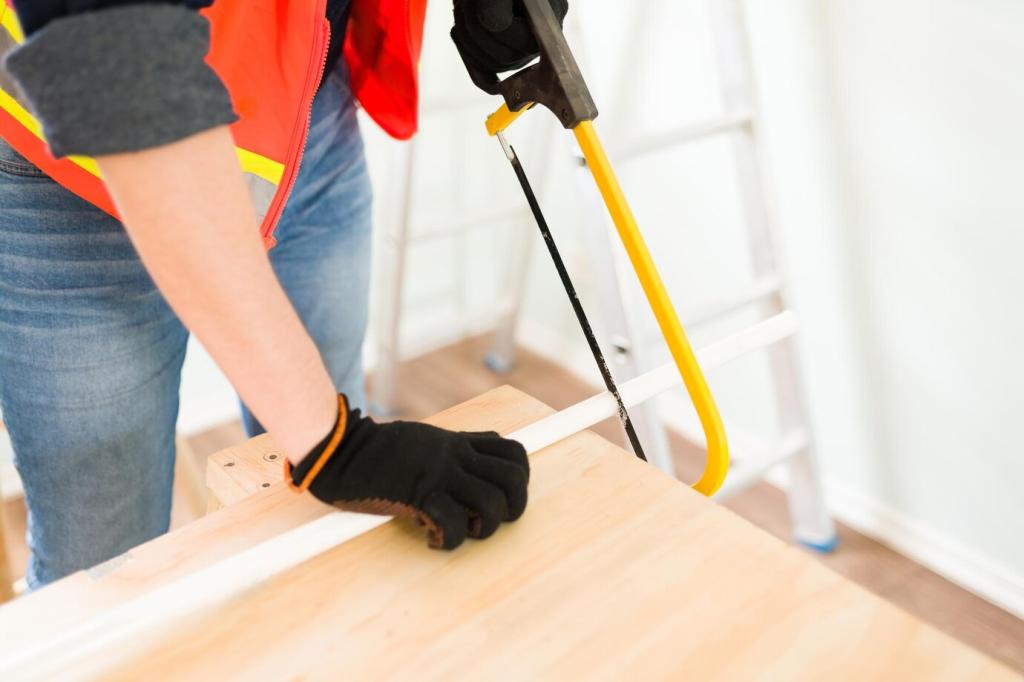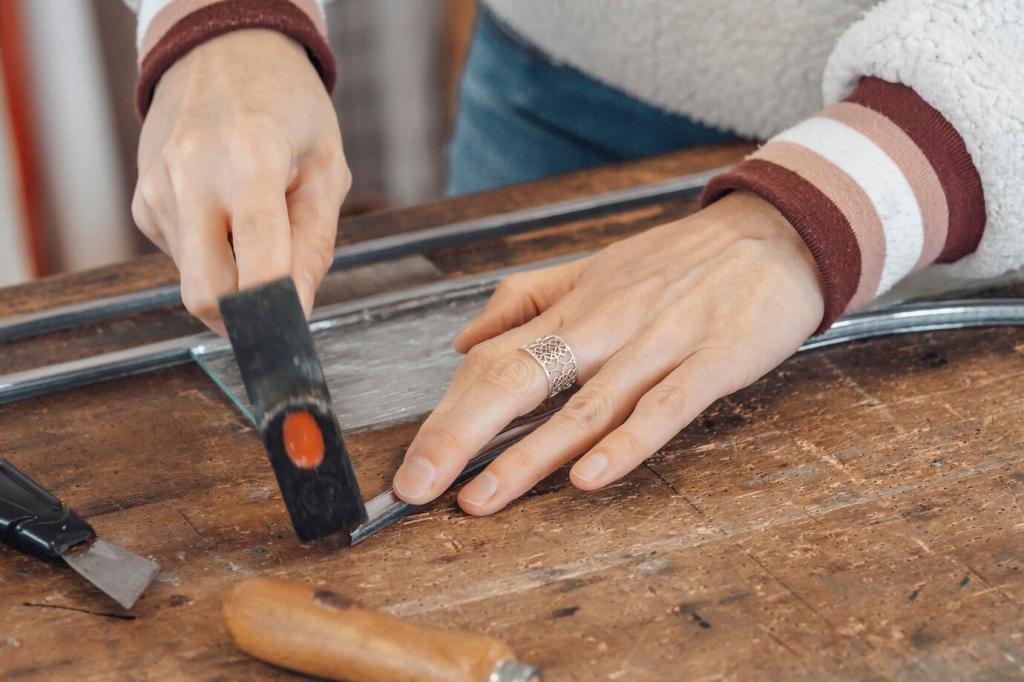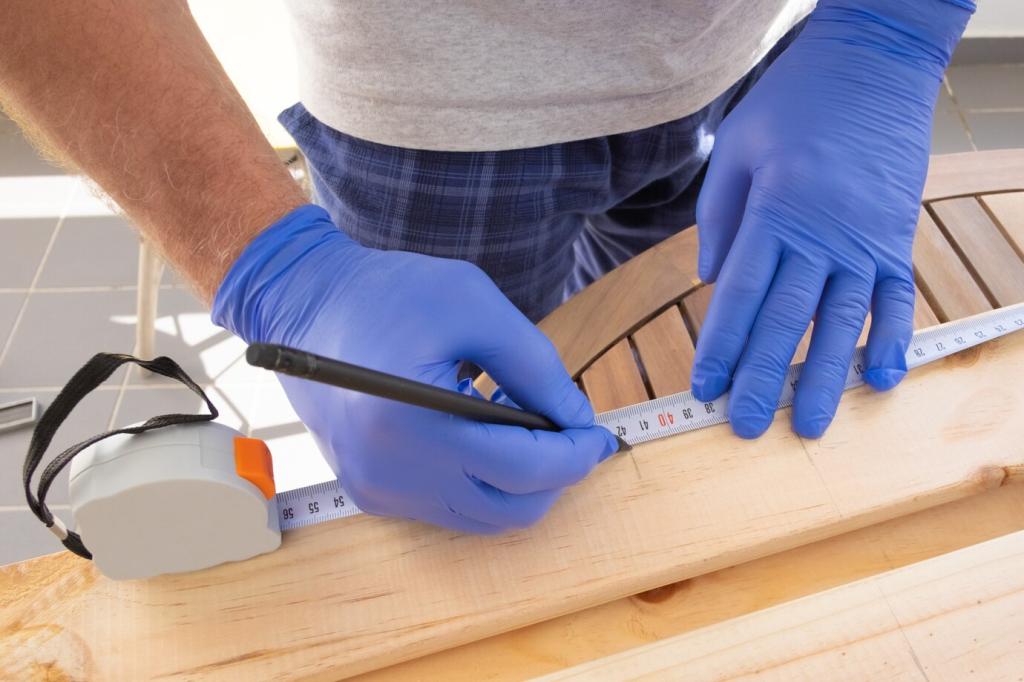Start With the Science: Safe, Low-VOC Care Fundamentals
Look for trusted labels like Green Seal, ECOLOGO, EU Ecolabel, and USDA BioPreferred when choosing furniture cleaners and finishes. These certifications help you avoid high-VOC formulas, optical brighteners, quats, and chlorine. Screenshot your next label check and share your finds with our community for crowd-verified guidance.
Start With the Science: Safe, Low-VOC Care Fundamentals
Match cleaner pH to material: neutral solutions suit sealed wood, metal, laminate, and most composites; acidic cleaners can etch stone, while alkaline mixes may cloud certain finishes. Always follow manufacturer guidelines and favor gentle, plant-based options to reduce wear, keeping your pieces looking great with fewer resources.




